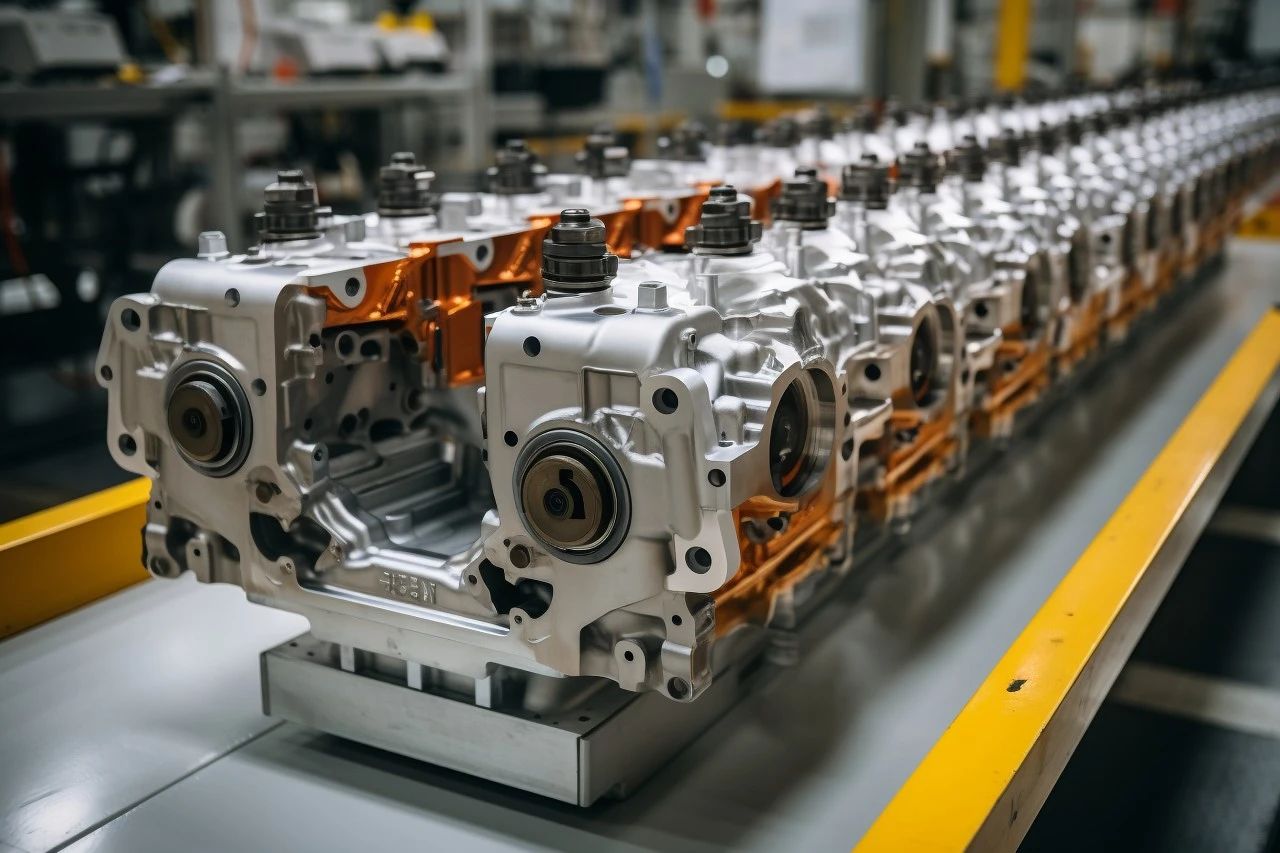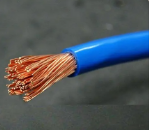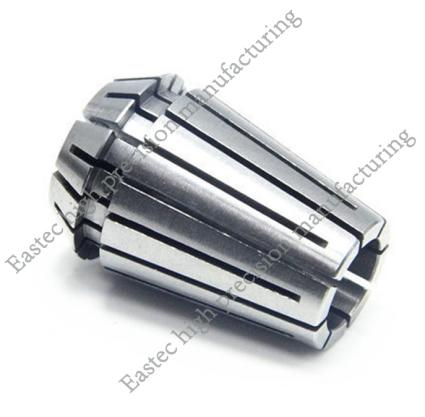
This guy only works for about ten-odd minutes a year and usually just lies in the car sleeping. But without it, the car wouldn't be able to move an inch. Who on earth is this “lazy” yet so important guy?
Before talking about it, let's first take a look at how early cars were started:
In the past, you needed a lot of strength to start a car. Fortunately, this need for brute force has long disappeared in family cars, because what has replaced human power is today's protagonist - the starter motor. Without it, you won't even be able to start the car.
Where is this guy “lazy”?
The reason why it's said to be the “laziest” part in a car is that although it's a component that must be used every time the vehicle runs, each use is extremely short, only a few seconds.
See? This is what the starter motor looks like when it's working. After the engine is successfully started, it “consciously” retracts and goes back to sleep.
Let's do the math. If it takes 3 seconds to start the vehicle each time and you start it 5 times a day, the total working time of the starter motor in a year is only about 90 minutes. Moreover, once the vehicle is successfully started, it can go off to have a good sleep. Isn't it incredibly lazy?
Although “lazy”, it's really indispensable
Although the starter motor works for a short time each time, its working intensity is extremely high. The instantaneous output current can even reach 300 - 400A. What does this mean? The total electricity consumption of an ordinary household is generally 20A, which means you can start 5 air - conditioners simultaneously, and any more will trip the circuit breaker. The car starter motor has to bear the current pressure equivalent to nearly a hundred air - conditioners being turned on at the same time within those few seconds. It really has a heavy burden!
The reason for using such a high current is that the starter motor needs to drive the engine crankshaft to make reciprocating movements so that the engine can be started smoothly. In the days without a starter motor, it took at least a few minutes to start a car by cranking a long handle, and in cold winters, it could even take dozens of minutes. Now, the starter motor can start the engine smoothly within a few seconds. This is the progress of technology!
If there are real old - timers among micro - car owners, you can leave a message in the comments section to tell everyone about the scenes of starting cars back then.
High - load and short - time operation: How to better protect the starter?
After reading the above, you all know that it's not that the starter motor is really “lazy”, but that it really can't withstand the overload current for a long time.
Therefore, we should usually pay attention and try our best not to let the starter motor “run dry”. Especially for those vehicles with one - key start, once the engine is successfully started, you must release your hand as soon as possible to prevent the starter motor from continuing to run.
In addition, when the car fails to start after turning the key, don't keep trying to start it continuously. This is very likely to burn out the starter motor's coil and render it useless. When you find that the car is out of fuel or there is a problem with the ignition system, don't let the starter motor run dry. After all, replacing it is not cheap.
Although the working intensity of the starter motor is extremely high, its lifespan is guaranteed. Generally speaking, a high - quality starter motor can complete at least 50,000 starts. In other words, even if you start the car 8 times a day for 10 years, the starter motor will only have been used about 30,000 times. Therefore, the original - equipped starter motor in a family car basically matches the normal service life of the vehicle.
Will the start - stop system shorten the lifespan of the starter motor?
The answer to this question can basically be given: No.
Firstly, the starter motor for the start - stop system is of the “enhanced” type. The minimum number of uses has been increased from the normal 50,000 times to 100,000 times. Some starter motors produced by certain manufacturers even have a lifespan of 300,000 times. This fundamentally solves the problem of shortened lifespan caused by frequent starts.
Secondly, to meet the requirements of the start - stop system, the battery has also been strengthened and will work fine under normal use. The start - stop system has been around in China for several years, and there haven't been any reported cases of the starter motor being damaged due to overly frequent starts.
There is only one situation that car owners need to pay special attention to, which is the recall of the starter motor. There are tens of thousands of parts in a vehicle, and it's inevitable that a few will have problems. In such cases, a recall is needed to replace the faulty parts. However, some car owners don't pay much attention to the recall information from the car manufacturer, and some think it's not worth going to the 4S store just for one part, so they continue to drive the car as it is. This kind of thinking is not advisable. Once the starter motor is damaged, the car won't work.
Therefore, as car owners, once we learn about the recall information, it's better to go to the store as soon as possible to solve the problem. If the timing is right, we can also have the whole - vehicle inspection and other services done at the same time, killing two birds with one stone.





 Customer service 1
Customer service 1  Customer service 2
Customer service 2